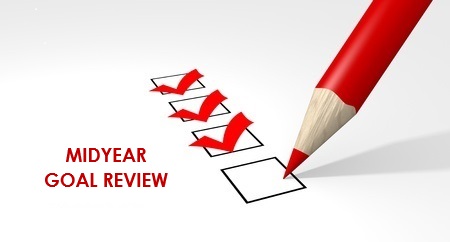We can't find the internet
Attempting to reconnect
Something went wrong!
Hang in there while we get back on track
Managing Multigenerational Teams: Strategies for Executive Leaders
Our Article Full Details

Managing Multigenerational Teams: Strategies for Executive Leaders
In today's diverse and dynamic workforce, executive leaders are tasked with the intricate responsibility of managing multigenerational teams. With Baby Boomers, Generation X, Millennials, and Generation Z all contributing their unique perspectives, expectations, and work styles, successful leadership requires a nuanced approach.
We look at actionable strategies for executive leaders to effectively manage and harness the strengths of multigenerational teams.
Embracing Diversity as a Strength
The first step in effectively managing multigenerational teams is recognizing the richness that diversity brings. Each generation comes with its own set of experiences, skills, and values. Successful executive leaders understand that this diversity is not a challenge to overcome but a strategic advantage to leverage.
By fostering a culture that celebrates differences and encourages open dialogue, you can create an environment where each generation feels valued and understood. This inclusivity sets the foundation for collaboration and innovation.
Effective Communication
Communication lies at the heart of managing multigenerational teams. As a leader you must recognize that different generations may prefer distinct communication styles varying from face-to-face interactions, email, digital channels, and instant messaging.
Strategic leaders adapt their communication approaches, employing a mix of traditional and modern methods to ensure that messages resonate across the diverse team. This flexibility promotes effective understanding and cohesion.
Fostering a Culture of Continuous Learning
Each generation brings a unique set of skills and knowledge to the table. You can harness this collective wisdom by fostering a culture of continuous learning. By encouraging mentorship programs and knowledge-sharing initiatives that facilitate the transfer of expertise across generations.
For example, pairing seasoned employees with younger counterparts for mutual learning experiences can create a powerful synergy. The seasoned professional imparts industry knowledge, while the younger counterpart contributes contemporary insights and technological proficiency.
Providing Tailored Professional Development Opportunities
Recognizing that different generations may have distinct career aspirations; you can enhance team satisfaction and performance by offering tailored professional development opportunities. Baby Boomers might value leadership training, Generation X may seek skill enhancement programs, Millennials often prioritize opportunities for advancement, and Generation Z appreciates experiential learning.
By aligning professional development initiatives with the diverse needs of each generation, you show a commitment to the individual growth and success of every team member.
Balancing Autonomy and Collaboration
Multigenerational teams thrive when leaders strike the right balance between autonomy and collaboration. As an executive leader you should provide clear expectations and objectives while allowing flexibility in how tasks are approached. Millennials and Generation Z, for instance, often value autonomy in their work, while Baby Boomers may appreciate collaborative problem-solving.
Creating an environment that respects individual working styles and preferences fosters a sense of empowerment and ownership among team members.
Managing multigenerational teams is both an art and a science. Successful executive leaders recognize that the key to managing multigenerational teams is not merely accommodating differences but leveraging them to create a harmonious and high-functioning team.
As organizations continue to evolve, those who master the art of leading across generations will find themselves at the forefront of a workplace that thrives on diversity and collaboration. By embracing diversity, adapting communication strategies, fostering continuous learning, providing tailored development opportunities, and balancing autonomy with collaboration, you can successfully navigate multigenerational leadership.
Prev
Employee Feedback and Engagement Surveys: Using Data to Improve Your Organization
Next
Mastering the Art of Candidate Assessment: Best Practices for Recruitment Managers





